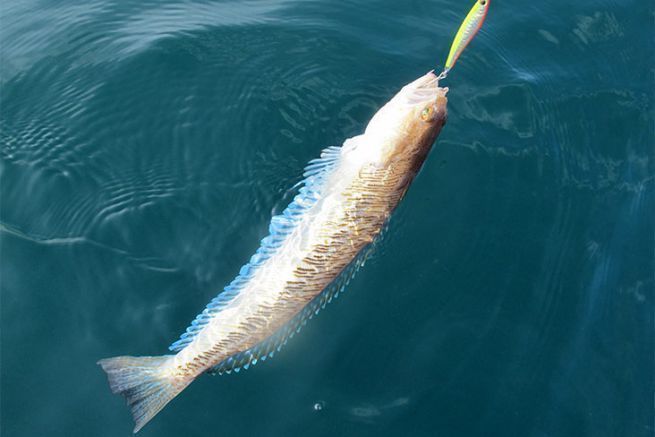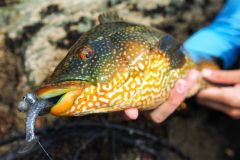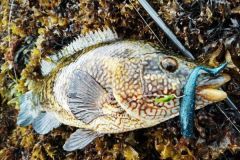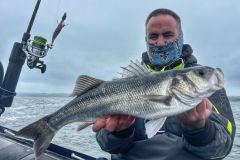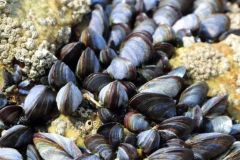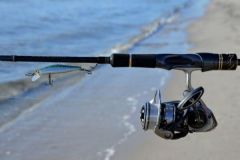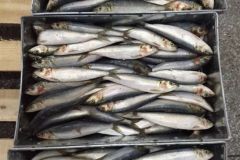Scientific name
Trachinus draco (Linnaeus, 1758)
Morphology
The big snapper has a first dorsal fin of small size and black color, spiny and poisonous. It has spines above the eye, a large mouth and close-set eyes. Its body is high at the level of the head and progressively thinner until the tail. It has small dark blue and yellow lateral stripes all along the body of brown-yellow color.
Fishing spots
The great white lives in shallow waters on sandy or fine gravelly sediments in which it buries itself. It can go down to a depth of more than 100 m in winter during its migrations. It is found in the North Sea, the Channel, the Atlantic and the Mediterranean.
Fishing techniques
The big white fish are voracious and will take the bright, fluttering jigs. Replace the treble hook with a single hook on the wobbler or jig to make it easier to pick up the bass and avoid bites. By waddling a set of feathers low to the bottom, you can catch several in one go. This often happens to our cost when fishing for mackerel.
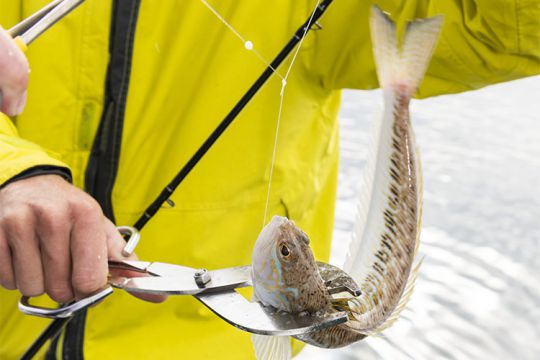
Reproduction
The spawning period of the large whitefish takes place from June to August in the Channel, in May in Aquitaine and in spring and summer in the Mediterranean. At this time, the white fish move closer to the shore.
Size and weight
The average size of the big snapper is 12 to 35 cm and it can grow up to 53 cm (1.9 kg). French record: 0,630 kg (Boulogne-sur-Mer, 16/10/2011). World record: 1,74 kg (Spain, 11/06/2005).
Good to know
The sting of the snake is painful and so striking that it can cause discomfort. The venom degrades in the heat. After a good minute in hot water, the pain will subside. Without a heat source at hand, the pain can last for 30 minutes.
It is essential to equip yourself with long fish tongs to seize the fish.
